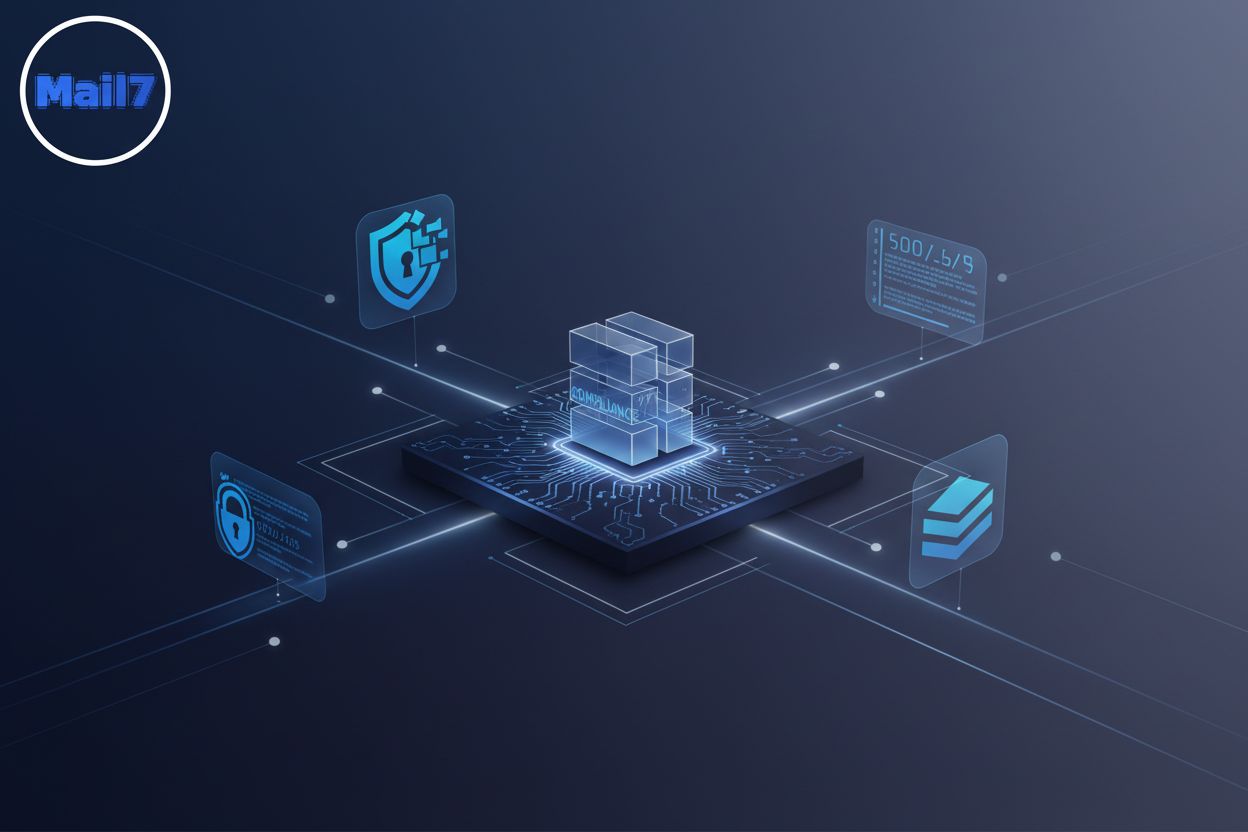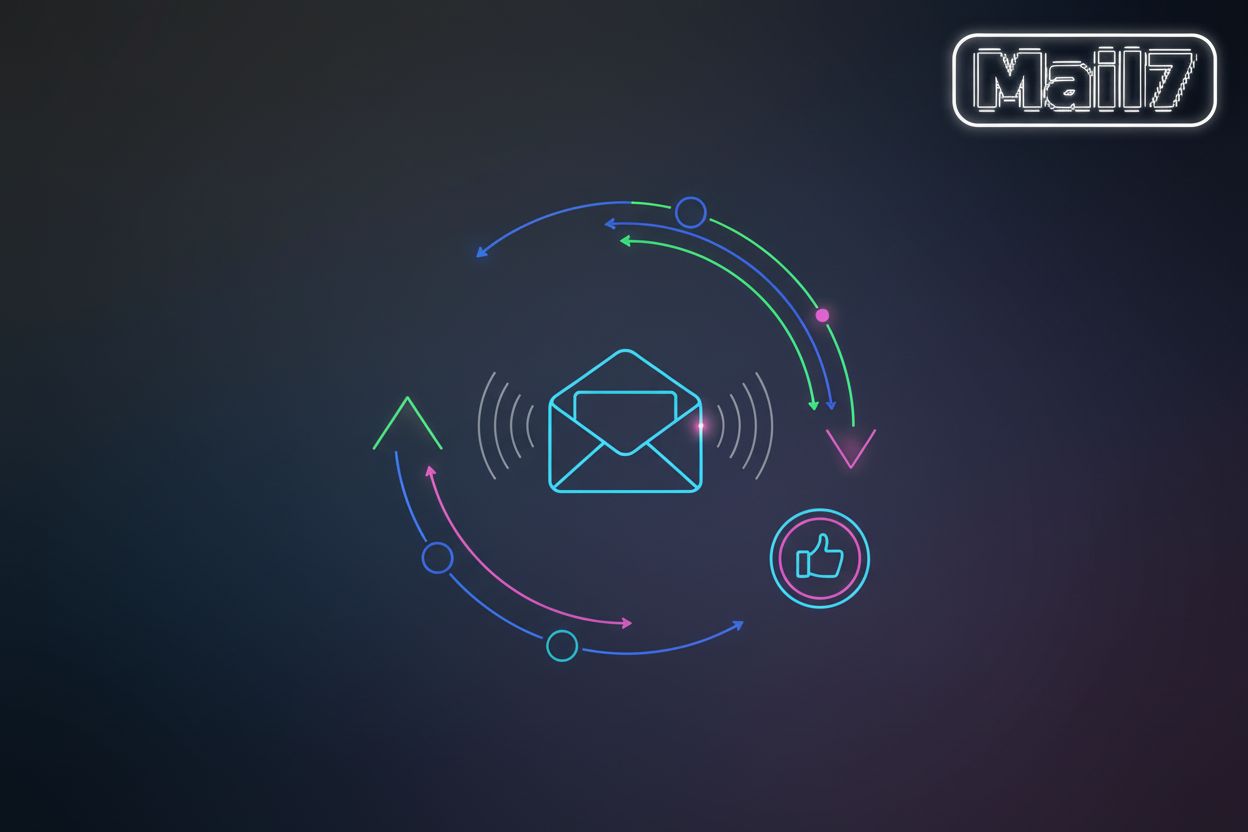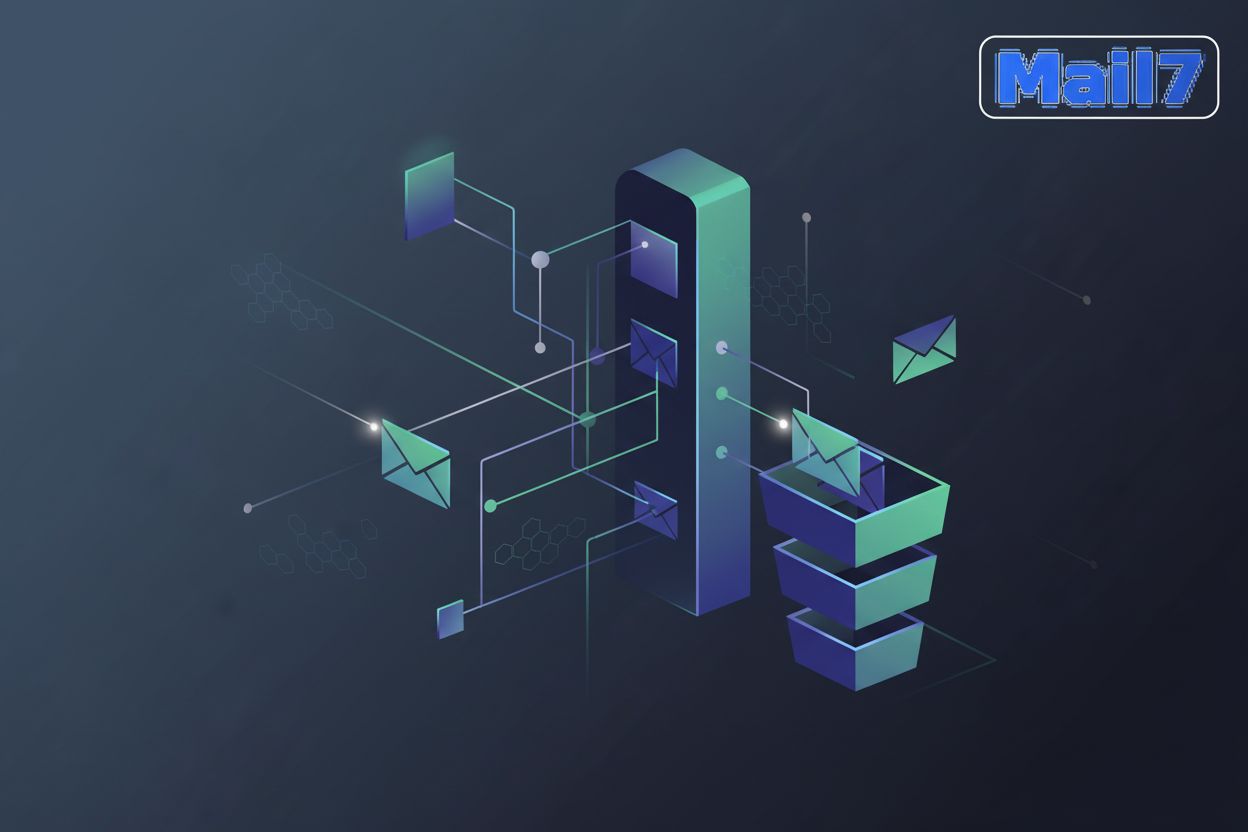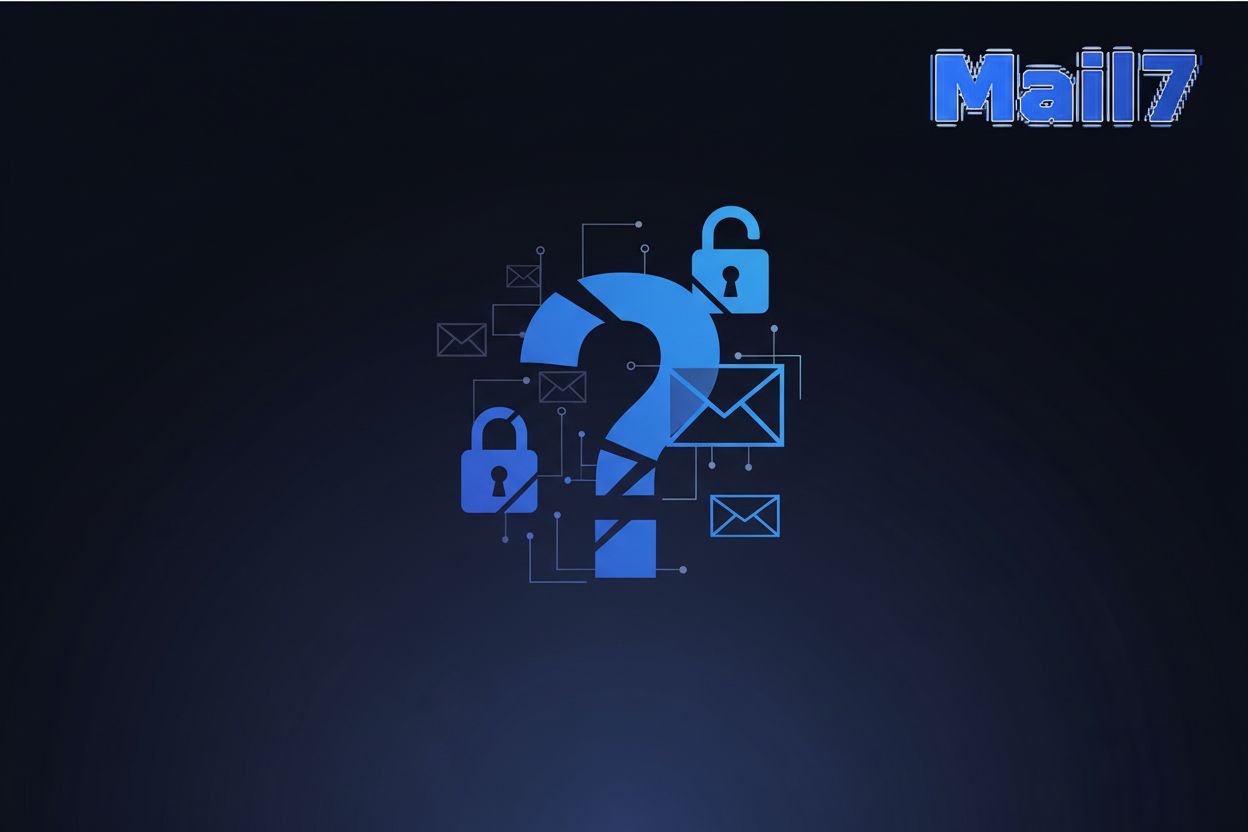Email Security Automation
TL;DR
The Growing Need for
Okay, so why is everyone suddenly talking about email security automation? Well, it's kinda simple: manual security ain't gonna cut it anymore.
- Manual email security is slow and it's prone to human error, especially with the sheer volume of emails companies deal with.
- Cyber threats are getting way more sophisticated, I mean, basic spam filters are like bringing a knife to a gun fight, ya know?
- It's just not practical to manually monitor every single email, especially in bigger orgs like, retail or finance, where tons of emails are flying around all the time.
Email is a prime target for attacks, and companies need proactive defenses. A layered approach, including automation, is key.
Manual security simply can't keep up with the speed and complexity of today's threats. This is where automation steps in, offering a more robust and efficient way to protect your organization.
How Email Security Automation Works: Core Technologies
So, how does email security automation actually work under the hood? It's not just magic—it's a bunch of cool technologies all working together. Let's dive into some of the core stuff.
First up, you got your authentication protocols like dmarc, spf, and dkim. Basically, these protocols are about verifying that an email really came from who it says it did. They’re kinda like digital signatures that help prevent spoofing and phishing attacks.
- dmarc builds on top of spf and dkim to define what happens if an email fails those checks, telling receiving servers what to do with unauthenticated mail.
- spf is like a list of authorized senders for a domain, ensuring only legit sources can send emails on its behalf.
- dkim adds a digital signature to emails, verifying that the message content hasn't been tampered with during transit.
Then, there's ai and machine learning. These are the brains of the operation, helping to detect all sorts of sneaky threats automatically. They can spot patterns and anomalies that humans might miss, like phishing attempts or malware trying to sneak in.
- Behavioral analysis looks at how you normally use email—who you talk to, what you say, when you send stuff—and flags anything weird, which helps catch insider threats. For example, if an employee suddenly starts sending a huge volume of emails to an unknown external address at 3 AM, ai can flag that as suspicious.
- Adaptive learning means the system gets smarter over time, constantly improving its ability to detect new threats. It learns from new attack vectors and adjusts its detection models accordingly.
- Malicious link and attachment detection uses ai to analyze the content and behavior of links and attachments. It can identify suspicious URLs that redirect to phishing sites or detect malware embedded within documents, even if they use novel evasion techniques.
- Sentiment analysis can sometimes be used to detect social engineering tactics by analyzing the tone and urgency of an email.
These technologies work in concert. For instance, authentication protocols filter out a significant portion of spoofed emails, allowing ai and machine learning to focus on more sophisticated threats that bypass these initial checks.
Implementing Email Security Automation: A Developer's Perspective
Alright, so you're diving into email security automation, huh? It might sounds crazy complex, but let's break it down from a dev's point of view.
- First off, think about api integration. Can your team actually work with these tools? 'Cause, if it's a pain to integrate, it's gonna be a pain period. You'll likely be looking at RESTful APIs, maybe with JSON payloads, to pull threat intelligence or push logs.
- Next, scalability. Will it handle your company's email volume? Small orgs like, uh, local bookstores need less oomph than say a, national retailer. For scalability, you'd want to consider metrics like emails processed per second, storage capacity for logs, and the ability to scale horizontally by adding more processing nodes.
- Cost-effectiveness is, like, super important. What's the roi? Is it worth the investment? A basic ROI calculation might involve comparing the cost of the automation solution against the estimated cost of a data breach, including downtime, recovery, and reputational damage.
There are often api and developer tools available that you might find useful for integrating these systems into your existing workflows.
Overcoming Challenges and Optimizing Your Setup
So, you're automating email security, huh? It's not always smooth sailing, but hey, who expects it to be?
- Integration blues: Getting new security tools to play nice with your existing systems can be a real headache. Think about it: a small clinic using basic Microsoft 365 has way different needs than a massive hospital with custom-built emr systems.
- False alarms: ai can be a bit too enthusiastic sometimes. You gotta fine-tune those detection rules to minimize false positives (flagging legit emails as threats) and false negatives (letting actual threats slip through).
- Keeping it fresh: Automation isn't a "set it and forget it" kinda thing. You need to constantly update those rules to keep up with evolving threats.
A new phishing attack is launched every 39 seconds, according to Graphus.ai.
- privacy concerns: Data privacy regulations like gdpr are super important. Make sure your automation setup is compliant and that you're not storing or processing data in ways that violate privacy laws. This means implementing robust access controls, anonymizing data where possible, establishing clear data retention policies, and performing due diligence on any third-party vendors involved in your automation.
The Future of Email Security: What's Next?
Okay, so what's next for email security? It's kinda like asking what's next for, uh, the internet itself—always changing, right? Here's a few thoughts on what's coming down the pike:
- Quantum computing's impact: Quantum computing could totally break current encryption, so we're gonna need new, quantum-resistant methods. It's a race against time!
- ai-driven threat detection: ai will get even better at spotting weird patterns and stopping attacks before they even happen. Think of it like, ai becoming a super-smart digital bodyguard.
- Evolving email protocols: Expect protocols to keep evolving to better verify senders and encrypt messages. Things like dmarc, spf, and dkim will probably get even more sophisticated, or something new might pop up.
ai is already helping security teams triage threats, but the ai is gonna get more smarter.
The landscape of email security is constantly shifting, and staying ahead requires continuous adaptation and the adoption of advanced technologies.
Conclusion: Embrace Automation for a Secure Email Future
Okay, so you're thinking about email security, huh? It's not exactly optional these days, what with phishing attacks happening every 39 seconds, according to Graphus.ai.
- Automating email security means less manual work, which, let's be honest, nobody wants to do. Instead of manually checking each email, automation tools automatically scan for threats.
- Automation offers real-time protection. As noted earlier, a new phishing attack launches every 39 seconds, according to Graphus.ai and you need a system that can keep up, or your toast!
- It also reduces human error. People make mistakes; ai, well, ai just follows the rules you give it.
Think about a large hospital network, for instance. Automating their email security, means less it work and more focus on patients. And less chances from someone clicking on bad stuff.
Ultimately, embracing automation is about staying ahead of the curve. It's not just a good idea—it's pretty much essential for keeping your email safe and secure.





